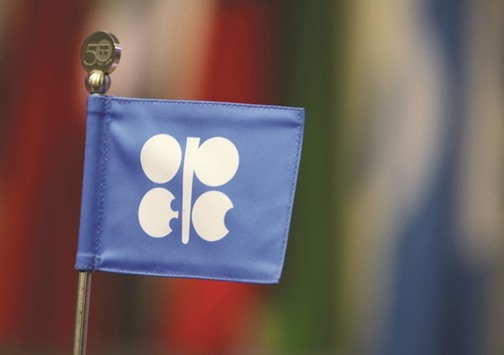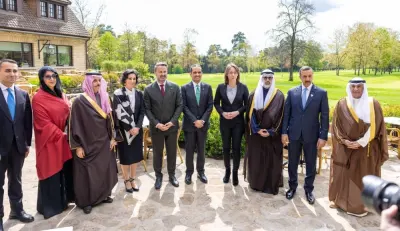The Gulf Cooperation Council (GCC), which will continue to face headwinds from subdued growth, is likely to witness higher inflationary pressures this year on higher prices for fuel as well as increased excise duties on tobacco products and sugary drinks, according to Moody’s, a global credit rating agency.
“Our outlook for sovereign creditworthiness in 2017 among the countries of the GCC is negative overall, reflecting our expectation for the fundamental credit conditions that will drive sovereign credit over the next 12-18 months,” Moody’s said in a report.
Although stabilising oil prices and policy responses to date may assist in containing further erosion in the sovereign creditworthiness, it said the GCC countries would continue to face headwinds from subdued economic growth, increasing fiscal and structural reform fatigue, and persistent oil price volatility.
“We expect that all GCC governments will record fiscal deficits (three will record twin deficits) in 2017, which means public debt levels will continue to rise, albeit at a slower pace than in 2016,” it said.
The oil price trajectory over the coming years will remain a key driver of GCC sovereign creditworthiness, given that the hydrocarbon sector accounted for 25% of the region’s GDP (gross domestic product), 55.6% of goods exports and 64.5% of government revenue on average in 2016, it said.
Expecting oil prices to fluctuate within a range of $40-$60 per barrel over the medium term, Moody’s said the Organisation of the Petroleum Exporting Countries’ (Opec) production controls are partly responsible for the short-term volatility.
“We expect real GDP growth of 1.6% on average in 2017-18, ranging from 0.7% for Saudi Arabia to 3.3% for Qatar. Slowing hydrocarbon output and lower-for-longer oil prices will offset a marginal pick-up in non-hydrocarbon growth, whilst tightening liquidity and the second-round effects of fiscal consolidation pose downside risks to our forecasts,” it said.
Following production increases over 2015-16, hydrocarbon activity will stabilise at best and slow in some cases in 2017, driven by the November Opec agreement to cut crude oil production by 4.6% for the first half of 2017.
Forecasting that non-hydrocarbon growth to pick up slightly in 2017, the rating agency said reductions in governments’ capital expenditure in 2014-16 would affect small and medium-sized companies, whilst the relative appreciation of the dollar-pegged currencies will hamper foreign investment and tourism activity.
However, Qatar will record the highest level of non-oil growth, reflecting continued investment in infrastructure, followed by the UAE, where Abu Dhabi’s fiscal consolidation is offset by Dubai’s project spending.
On the general price levels, which would remain at historically low levels, Moody’s said inflationary pressures in 2017 will mostly come from increased excise duties on tobacco products and sugary drinks, as well as potential upward moves in retail fuel prices, in line with rising crude oil prices.
The planned introduction of a GCC-wide value-added tax from 2018 onwards will pose a one-off source of inflation in early 2018, it added.
The region’s debt levels will continue to rise in 2017 to fund fiscal and current account deficits and will reflect a mix of domestic and international debt issuance, it said, adding “we expect Qatar and Bahrain will continue to rely solely on market funding, whereas Saudi Arabia, Oman, the UAE and Kuwait will issue debt and make use of government reserves.”
The GCC banks’ capacity to finance government deficits will be increasingly constrained by deterioration in asset quality. At the same time, funding costs will likely increase in line with expected US Fed rate hikes. This could ultimately change the cost-return structure for Qatar and the UAE, which have so far refrained from tapping their reserves.

An Opec flag is seen during a presentation of World Oil Outlook in Vienna. Although stabilising oil prices and policy responses to date may assist in containing further erosion in the sovereign creditworthiness, Moody’s says the GCC countries would continue to face headwinds from subdued economic growth, increasing fiscal and structural reform fatigue, and persistent oil price volatility.



